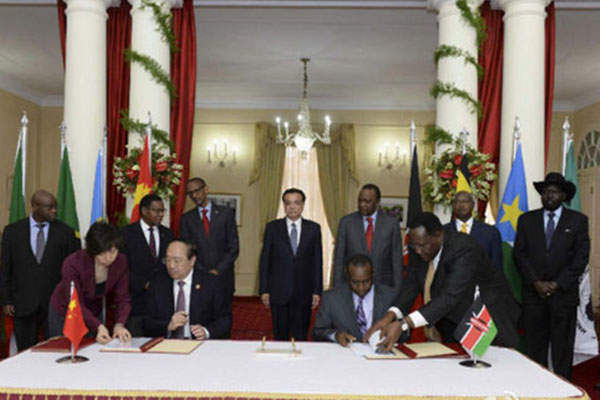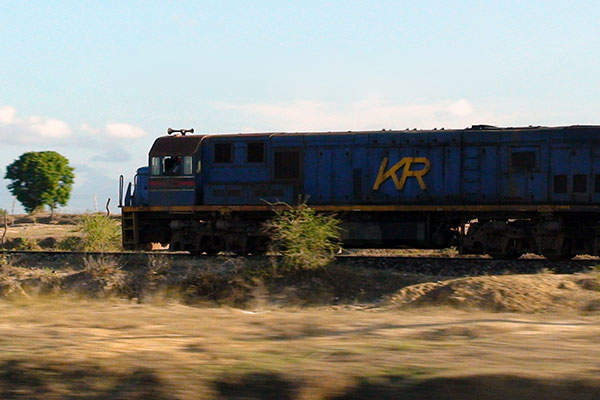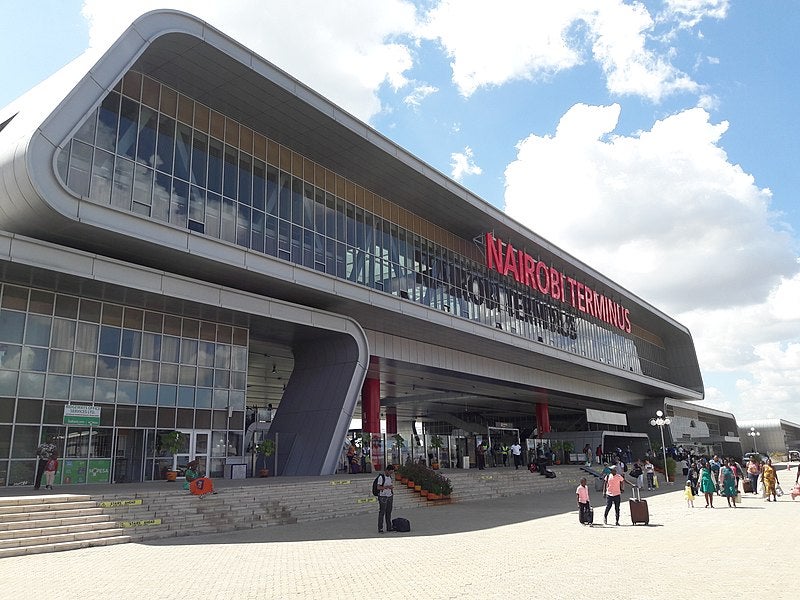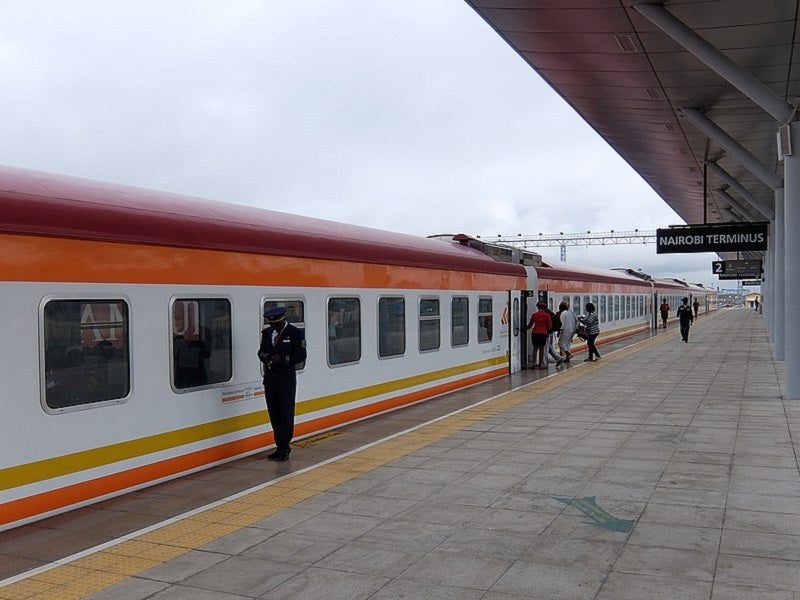The Mombasa-Nairobi Standard Gauge Railway connects Mombasa, the largest port in East Africa, and Nairobi, the capital city of Kenya. One of the biggest infrastructure projects to be carried out in Kenya, the standard gauge railway (SGR) line supports passenger and cargo transportation.
The 480km line shortens passenger travel time from Mombasa to Nairobi from more than ten hours to a little more than four hours. Freight trains complete the journey in less than eight hours.
Main construction works on the Mombasa-Nairobi Standard Gauge Railway line began in December 2014 with China Road and Bridge Corporation (CRBC) being the primary contractor. The railway line opened in 2017 and celebrated 1,000 days of operation in February 2020.
In the second phase, an extension from Nairobi to Naivasha was built. The $1.5bn extension opened in October 2019.
The Mombasa-Nairobi phase of the project cost KES327bn ($3.8bn). China Exim Bank contributed around 90% of the financing while the remaining 10% was provided by the Kenyan Government.
Details of Mombasa-Nairobi Standard Gauge Railway project
The SGR project is proposed to connect Mombasa to Malaba on the border with Uganda and continue onward to Kampala, Uganda’s capital city. It will further run to Kigali in Rwanda with a branch line to Juba in South Sudan. Branch lines along the route will extend to Kisumu, Kasese and Pakwach.
It was conceived as a flagship project under the Kenya Vision 2030 development agenda. It will simplify transport operations across the borders and reduce travel costs, in addition to benefiting the economies of Kenya and the neighbouring countries.
The governments of Kenya and Uganda signed a memorandum of understanding (MoU) in October 2009 to construct the railway line from Mombasa to Kampala. A tripartite agreement was signed by the governments of Kenya, Uganda and Rwanda in August 2013 to fast track the development of the railway to their respective capital cities.
The Ugandan section of the SGR line was launched in October 2014. The SGR line from Mombasa to Kigali is also under construction. Kenya Railways Corporation was responsible for the construction of the 1,300km-long track inside Kenya from Mombasa to Malaba via Nairobi.
Mombasa-Nairobi Standard Gauge Railway line details
The single-track standard gauge railway between Mombasa and Nairobi has a route length of around 480km and a total length of 609km. It runs through the counties of Mombasa, Kilifi, Kwale, Taita-Taveta, Makueni, Kajiado, Machakos and Nairobi.
The Class 1 line runs parallel to the existing meter gauge railway and the Mombasa-Nairobi Road or A109 Highway for the most part. It deviates at certain points to attain the desired gradient and curvature.
The construction of the line involved long viaducts, deep cuttings and high embankments to ensure safe operations across the steep incline and ragged terrain of the Miritini to Mazeras section.
With 120km of the line traversing through Kenya’s Tsavo National Park, 14 wildlife channels were also built.
Terminal passenger stations are located at Mombasa and Nairobi, while intermediate stations are located at Mariakani, Voi, Mtito Andei, Sultan Hamud, Athi River, Emali, Miasenyi and Kibwezi.
The railway line is designed to carry 22 million tonnes a year of cargo or a projected 40% of Mombasa Port throughput by 2035. The freight terminals will be located at the Mombasa port and the Inland Container Depots at Embakasi in Nairobi.
Rolling stock of the standard gauge railway line
Diesel rail cars currently run on the Mombasa-Nairobi Standard Gauge Railway line while plans of electrification are in pipeline. Multiple unit passenger trains having a capacity of 960 passengers operate at an average speed of 120km/h on the line.
Freight trains, with a capacity of 216 TEUs, and travel at an average speed of 80km/h on the Mombasa-Nairobi line. A typical freight train on the line comprises 54 double stack flat wagons and measures 880m-long.
China supplied initial rolling stock to Kenya comprising 56 diesel locomotives, 1,620 wagons and 40 coaches.
By November 2018, the passenger train service, called Madaraka Express, transported more than two million passengers.








